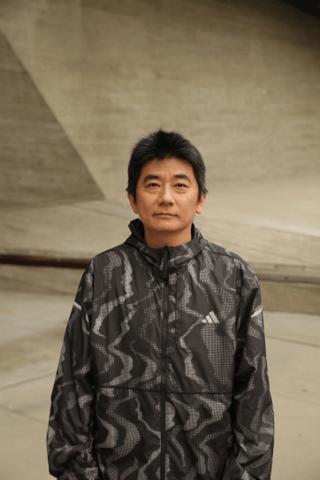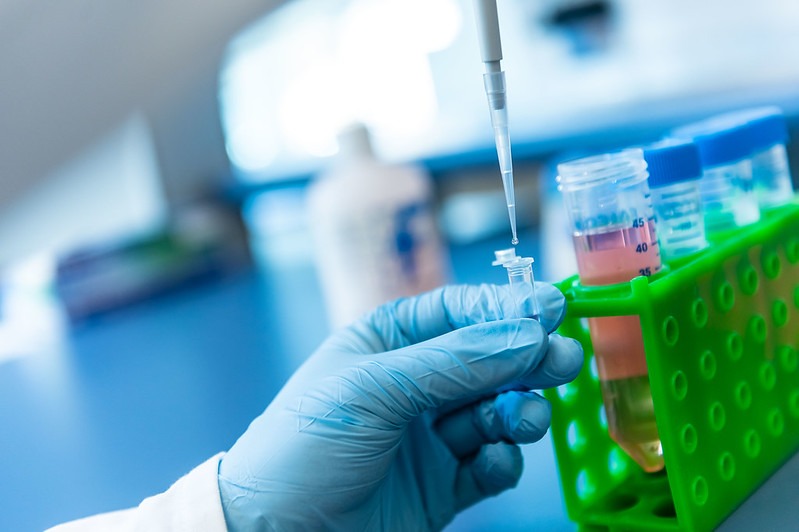Mizumoto Lab
Research Focus Teams: Alzheimer's, Autism, Cancer
Ongoing Projects
chevron_left
chevron_right
Mechanisms of presynaptic assembly
Neurotransmitters are released from synapses that consists of many conserved proteins, yet little is know how these synaptic proteins are assembled into a functional synapse. Using split-fluorescent proteins to label endogenous synaptic proteins in live animals (Kurashina 2024), we investigate the roles of CaMKII in presynaptic assembly.
Extrinsic and intrinsic cues that specify synapse patterning
Position and number of synapses are tightly regulated by extrinsic and intrinsic cues. We show that Semaphorin-Plexin signaling and Wnt signaling play crucial roles in defining the spatial arrangement of synapses (Mizumoto; 2013; Chen 2017; Kurashina 2021). We are currently studying the functions of other signaling and cell adhesion molecules, and the intracellular mechanisms of synapse pattern formation. Particularly, we are focusing on the functions of SYG-2/IgCAM, MIG-15/TNIK and ZOO-1/ZO-1, and ARX-2/ARP2 in synapse number and position regulation.
Genetic mechanisms of developmental neurite pruning
Developmental neurite pruning is a conserved mechanisms by which neurons eliminate specific neuronal processes during development. Previously, we showed that Wnt signaling instruct developmental neurite pruning in the PDB motor neuron (Lu 2019). We are investigating the involvement of other signaling and cell adhesion molecules as well as their downstream components in neurite pruning.
The function and regulation of GAP junctions
Gap junctions are channels that mediate the electrical coupling of two neurons. Previously, we showed that a gap junction component, UNC-9, has a channel-independent function in controlling chemical synapse patterning (Hendi 2019). The UNC-9 gap junction is localized at the specific axonal place whereby regulating the chemical synapse patterning. We investigate how UN-9 localization is regulated, and how it controls chemical synapse patterning.
Life Sciences Institute
Vancouver Campus
2350 Health Sciences Mall
Vancouver, BC Canada V6T 1Z3



